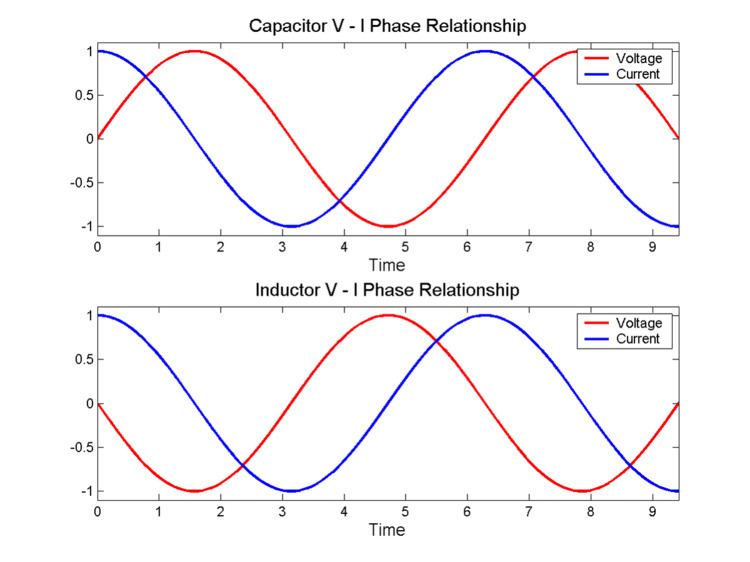 | ||
In electrical engineering, a sinusoid with angle modulation can be decomposed into, or synthesized from, two amplitude-modulated sinusoids that are offset in phase by one-quarter cycle (π/2 radians). All three functions have the same frequency. The amplitude modulated sinusoids are known as in-phase and quadrature components. Some authors find it more convenient to refer to only the amplitude modulation (baseband) itself by those terms.
Contents
Definition
In vector analysis, a vector with polar coordinates A,φ and Cartesian coordinates x = A cos(φ), y = A sin(φ), can be represented as the sum of orthogonal "components": [x,0] + [0,y]. Similarly in trigonometry, the expression sin(x + φ) can be represented by sin(x) cos(φ) + sin(x + π/2) sin(φ). And in functional analysis, when x is a linear function of some variable, such as time, these components are sinusoids, and they are orthogonal functions. When φ = 0, sin(x + φ) reduces to just the in-phase component sin(x) cos(φ), and the quadrature component sin(x + π/2) sin(φ) is zero.
We now note that many authors prefer the identity cos(x + φ) = cos(x) cos(φ) + cos(x + π/2) sin(φ), in which case cos(x) cos(φ) is the in-phase component. In both conventions cos(φ) is the in-phase amplitude modulation, which explains why some authors refer to it as the actual in-phase component. We can also observe that in both conventions the quadrature component leads the in-phase component by one-quarter cycle.
Alternating current (AC) circuits
The term alternating current applies to a voltage vs time function that is sinusoidal with a frequency,
Narrowband signal model
In an angle modulation application, with carrier frequency ƒ, φ is also a time-variant function, giving:
When all three terms above are multiplied by an optional amplitude function, A(t) > 0, the left-hand side of the equality is known as the amplitude/phase form, and the right-hand side is the quadrature-carrier or IQ form. Because of the modulation, the components are no longer completely orthogonal functions. But when A(t) and φ(t) are slowly varying functions compared to
